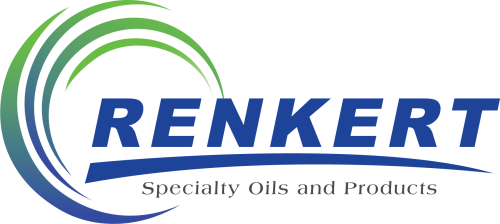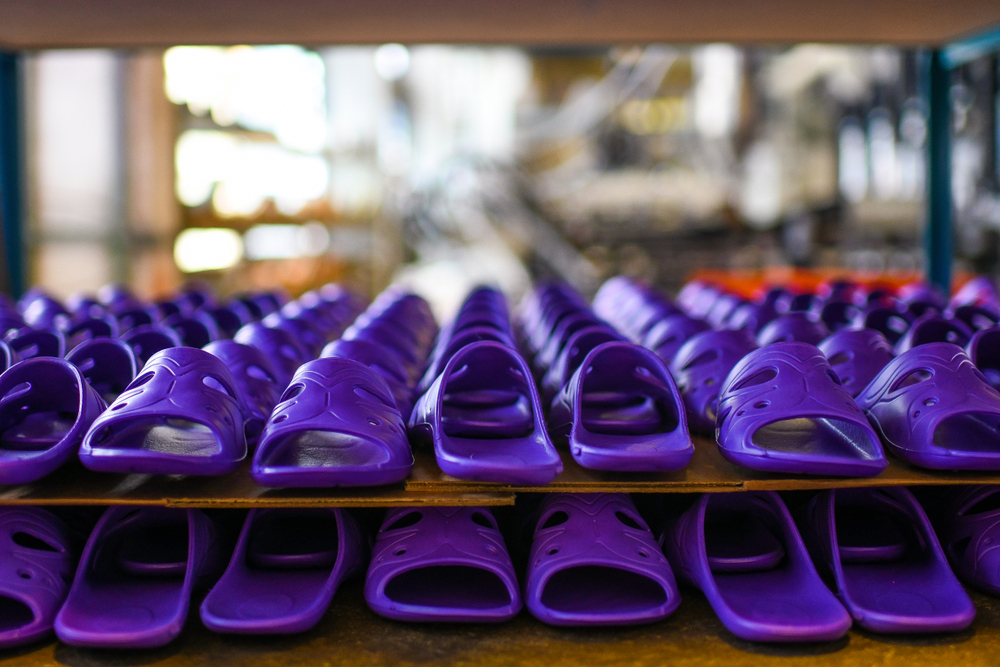In synthetic rubber manufacturing, the right process oil turns tough, sticky compounds into smooth-running mixes, cutting cycle times, improving consistency, and boosting part quality. Questions? Contact us.
In synthetic rubber compounding, a few percent of the right process oil can unlock faster mixing, cleaner extrusion, and better end-use properties.
Read on to see how quality process oils optimize throughput, tune compound performance, and help you meet global standards without sacrificing color stability or consistency.
Suzanne Kingsbury, Director of Quality
Why Process Oils Matter in Synthetic Rubber Manufacturing
In modern rubber operations—from SBR (styrene-butadiene rubber) and BR (butadiene rubber) to EPDM (ethylene-propylene-diene monomer)—process oils act as plasticizers, extenders, and internal lubricants.
They lower compound viscosity (often measured as Mooney viscosity), improve filler dispersion, aid mixing and extrusion, and can extend polymer volume at controlled hardness.
How Process Oils Improve Your Mix
The points below show the core ways process oils influence manufacturing efficiency and compound behavior.
- Lower viscosity for faster mixing. Better flow shortens cycle times and helps complex profiles fill cleanly.
- Cleaner dispersion. Carbon black, silica, and curatives distribute more evenly, stabilizing cure and final properties.
- Controlled hardness and rebound. Small changes in oil type/level fine-tune durometer, resilience, and compression set.
- Right solvency for the job. Aromatic, naphthenic, and paraffinic chemistries each bring a different balance of compatibility, color stability, and volatility.
Regulatory Standards, Certifications, and Future Trends
Tires and many synthetic rubber goods must meet strict rules on extender oils, fogging, and air emissions.
- REACH (Registration, Evaluation, Authorisation and Restriction of Chemicals). In the EU, tire extender oils must meet tight PAH (polycyclic aromatic hydrocarbon) limits. Modern hydroprocessed oils help manufacturers comply without giving up performance.
- U.S. EPA NESHAP (National Emission Standards for Hazardous Air Pollutants). Rubber facilities keep VOC (volatile organic compound) emissions down through better capture, cleaner formulations, and smoother-running processes.
- Automotive interiors & fogging. Low-volatility, high-purity oils help meet OEM interior fogging targets and reduce odor/outgassing in soft-touch parts.
Future Trends in Process Oil Selection
Material choices are shifting with sustainability goals, tighter OEM specs, and pressure to cut emissions.
- Lower-PAH, highly refined oils. Wider adoption of hydroprocessed paraffinic and naphthenic oils as safer, cleaner alternatives to high-aromatic extracts.
- Indoor-air focus. More attention on fogging/odor for interiors and consumer goods, pushing demand for low-volatility grades.
- Lower-carbon options. Suppliers are investing in process oils with reduced carbon footprints—without sacrificing performance.
Think of process oil as the “traffic cop” in your mixer. It keeps materials moving, disperses fillers, and prevents hot spots.
Common Applications in Synthetic Rubber Manufacturing
From mixing to final cure, process oils add value across polymer families and processes.
- SBR & BR tire compounds. Extender oils balance processability, traction, and wear while supporting PAH compliance.
- EPDM profiles, roofing, and membranes. Oil choice impacts mixing torque, cure kinetics, and long-term weathering.
- Automotive interiors & soft-touch TPEs (thermoplastic elastomers). Low-volatility oils reduce fogging and preserve light colors. Stable process oils allow TPE scrap recycling without quality loss.
- Wire & cable insulation. Oils enable flexibility and long-term dielectric stability without excessive migration.
Key Benefits of High-Quality Process Oils
Choosing a well-matched oil chemistry pays off in both the plant and the field.
- Throughput. Lower viscosity and better flow shorten cycles, reduce scrap, and improve dimensional control.
- Consistency. Improved dispersion stabilizes cure, mechanicals, and appearance across lots and lines.
- Aesthetics & emissions. High-purity, low-volatility oils minimize fogging, odor, and VOCs—critical for interiors and consumer goods.
- Compliance headroom. Hydroprocessed oils provide margin against global PAH and purity expectations in tire and industrial applications.
Renkert Oil’s Approach to Rubber Processing Solutions
Renkert Oil pairs Chevron ParaLux premium process oils with our Renoil Low-Volatility Rubber Processing Oils to hit your solvency, color, and volatility targets without over-engineering the formula.
Innovative Formulations & Customization
We help you zero in on the “sweet spot” for solvency vs. color stability.
- Chevron ParaLux (all-hydroprocessed). Excellent color stability, broad rubber compatibility, and lower volatility support efficient mixing and smooth extrusion. ParaLux is available in multiple viscosity grades to match your compound’s viscosity and flow needs.
- ProBright 150. This high molecular weight, amber-colored bright stock process oil is ideal for black or darker color products, offering very low volatility and excellent solvency.
- Renoil Low-Volatility Rubber Processing Oils (Group II technical white oils). High molecular weight and high flash point with light color—ideal for light-colored parts, automotive interiors, and other low-fogging applications.
- Application targeting. From EPDM roofing to soft-touch automotive parts and wire/cable insulation, we tune oil selection to your polymer, fillers, and process.
Quality Assurance & Testing
Data you can trust before you scale.
- Tight specs, lot after lot. We verify viscosity, density, color, volatility, and purity against rigorous internal standards.
- Application-level support. Need a fogging check or dispersion read? We can coordinate testing and interpret results with you.
- Documentation ready. CoAs (Certificates of Analysis, which are customizable upon request) and product data sheets arrive with each shipment to streamline your audits.
Customer Support & Technical Expertise
From first sample to full production, we’re in your corner.
- Fast sampling and side-by-side trials. Compare ParaLux and low-volatility Renoil grades to lock in process stability and appearance.
- Practical guidance. We’ll help you balance solvency, migration, and color stability for demanding end-uses.
- Supply security. Multiple stocking points and reliable logistics help keep your lines running during market disruptions.
Partner with Renkert Oil for Rubber Process Oils
Process oils may not be the largest percentage of your recipe, but the right choice delivers big gains in uptime, yield, and part quality.
Let’s optimize your compound and your compliance. Contact us today to request a ParaLux or Renoil Low-Volatility sample and a quick application consultation.

